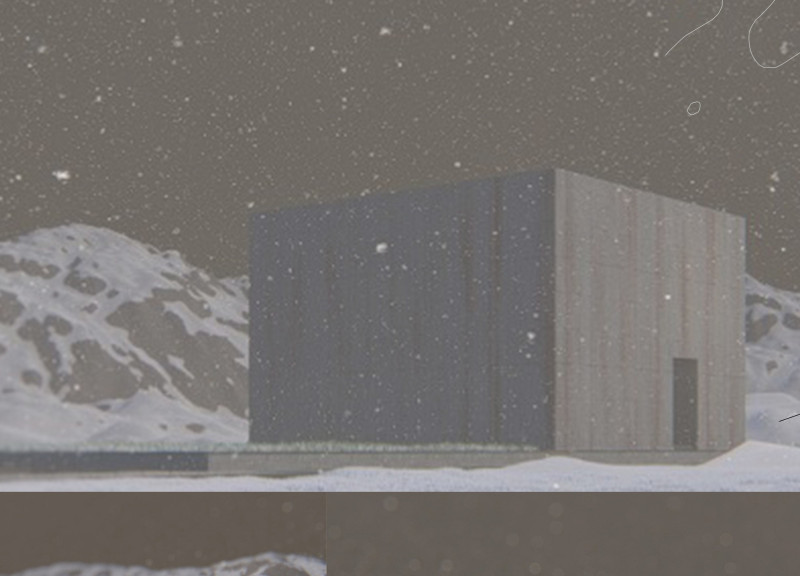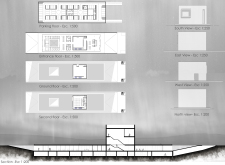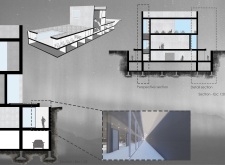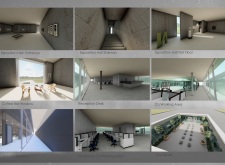5 key facts about this project
Functional Design and Spatial Organization
The museum's layout is strategically organized to enhance visitor experience. The entrance and reception area serve as the initial point of contact, featuring a coffee bar that invites visitors to engage with the surrounding landscape. This design choice creates a seamless transition into the core of the museum.
Exhibition spaces are thoughtfully arranged to encourage exploration and contemplation. These areas are designed to immerse visitors in educational content about volcanology through interactive displays and artifacts. The architectural design prioritizes flexibility, allowing for various exhibitions and events.
Outdoor spaces complement the interior experience. Courtyards and terraces provide areas for reflection and social interaction, reinforcing the museum's role as a community hub. This integration of indoor and outdoor environments fosters a connection between the museum and the natural landscape.
Unique Design Approach
One key aspect that distinguishes the Iceland Volcan Museum is its incorporation of the site’s topography. By situating the main volumes below sidewalk level, the design mimics natural geological formations, allowing visitors to experience a sense of entering a cavernous space. This approach not only enhances the thematic relation to volcanic structures but also offers practical benefits such as temperature regulation and natural lighting.
Material selection further enhances the project's uniqueness. The combination of concrete, glass, and wood serves both structural and aesthetic functions. Concrete provides durability and relates to the volcanic theme, while expansive glass panels ensure that natural light floods the interior, connecting visitors with the external environment. Wood accents add warmth, creating a comfortable atmosphere.
Architectural Integration
The architectural design emphasizes a harmonious relationship between the building and its surroundings. By using materials that resonate with the local context, the museum reflects the geological characteristics of Iceland. The careful placement of windows allows for dramatic views of the volcanic landscape, reinforcing the mission of the museum as an educational and experiential space.
In summary, the Iceland Volcan Museum stands as a well-conceived project that combines educational function with innovative architectural design. For a deeper exploration of the project, including architectural plans and sections, readers are encouraged to review the detailed presentation, which showcases the thoughtful architectural ideas that have gone into this compelling design.


























